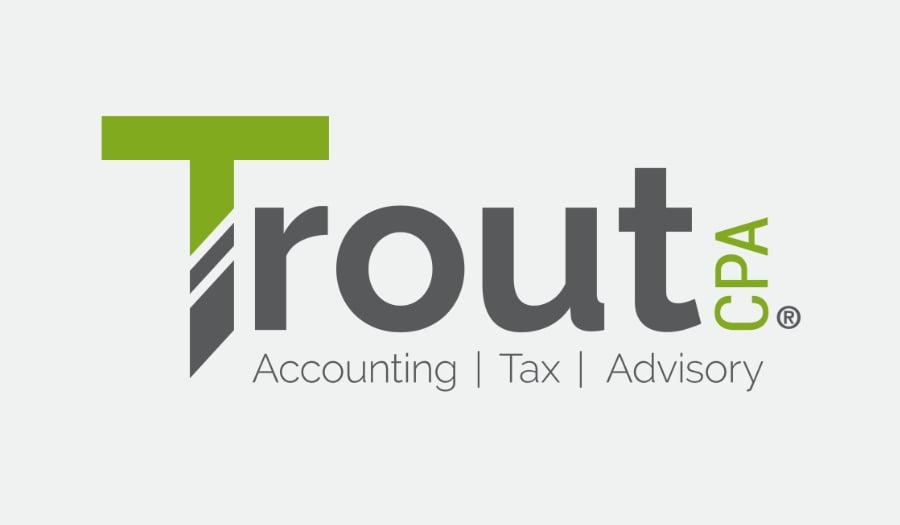An endowment is a pool of funds donated or set aside to be preserved over time in order to support an organization’s mission. Nonprofits establish endowments for a variety of reasons, usually as part of their long-term strategic plan. Donors may contribute assets, such as cash and securities, and make pledges for future contributions to a nonprofit for creating an endowment.
While an endowment is a great idea for long-term planning and may provide continuous funding for charitable activities, it comes with some nuances that must be carefully navigated to ensure it is successfully managed and fulfills the intended purpose for the organization.
The main types of endowments are as follows:
1. Perpetual (donor restricted)
- Period: Perpetuity
- Description: Principal (corpus) preserved perpetually, while earnings may be expended based on donor stipulations.
2. Term (donor restricted)
- Period: Varies
- Description: Principal preserved for a specified period or until the occurrence of an event, specified by the donor.
3. Board designated
- Period: Varies
- Description: Principal usually retained, while earnings may be expended. Principal may be utilized upon board approval.
Potential Challenges
- Understanding what they are and how to account for endowments - “I received an endowed gift. Now what?” Nonprofits that never had an endowment may not know where to start. Endowments are governed by guiding documents, which may come in various forms such as a trust instrument, other written agreements from the donor or a board resolution. Identifying the right key words in these documents becomes crucial to ensuring that endowments are set up and accounted for correctly. Additionally, recognizing the type of endowment is also important to ensure the appropriate accounting guidance is applied.
- Stipulations plus governing laws - Endowment operations are not only governed by the gift instruments but also by state law. Nonprofits may not appropriately prioritize these. The Uniform Prudent Management of Institutional Funds Act (UPMIFA) is a uniform act that provides guidance on investment decisions and endowment expenditures for nonprofit and charitable organizations. Except for Pennsylvania, all states and the District of Columbia have enacted their version of UPMIFA. Pennsylvania has its own endowment law not based on UPMIFA. Nonprofits may not realize that the donor’s stipulations take precedence over UPMIFA, albeit at times the donor stipulations are not explicit enough to override UPMIFA. This can create confusion.
- Unclear donor intent - It is not uncommon for donor agreements to be vague when it comes to conveying the intent and purpose of the gift. These documents can be written by various persons who are not accountants, which can create challenges when determining the appropriate financial statement classification and operating mechanics of the endowment.
- Managing endowments - Endowment management can be complex and time consuming without proper resources and knowledge. Nonprofits need to track endowment activity in detail, and retain adequate supporting documentation for all gifts and any investment returns. Funds are often commingled in investment pools, which can create allocation challenges for nonprofit accounting teams. Various levels of expertise and strong internal controls are required for effective management.
- Donor changes - Over time, donors can submit modifications to their original gift instruments that are not correctly applied on a prospective basis. Nonprofits need to retain support from donors who make modifications to their endowment agreements as a record for any changes made to the accounting and treatment of an endowment from a donor.
- Balancing the objectives - Under UPMIFA, applying prudence to the fund to preserve value is the goal, not just retention of the dollar amount of the initial corpus. This is due to the time value of money. A gift of $100 in 1990 is not worth the same today; thus, to preserve the purchasing power of the fund’s principal, prudent investment and spending policies must be applied, while considering the donor’s stipulations for the fund’s use. Funds with deficiencies (where the fund value drops below the corpus) require special considerations related to spending and estimating future recovery. Many of these challenges also apply to a board-designated endowment fund. A board-designated endowment fund is created by a nonprofit organization’s governing board by designating a portion of its net assets without donor restrictions to be invested to provide income for a long but not necessarily specified period. Proper management and investment tracking are also applicable to this type of endowment fund. The board of the organization establishes the purposes for the endowment fund and this should be documented in the board minutes.
Navigating the Challenges
To effectively manage endowments, nonprofits need to be proactive, sophisticated and careful. They must be willing to make the required investment to educate their team and put the right processes and controls in place. Here are some tips to help organizations navigate the challenges discussed above:
- Adopt formal gift acceptance, endowment and investment policies. Policies should clearly address how funds are to be invested, spent and used (purpose).
- Use consistent templates for gift/endowment agreements to standardize the language and avoid misinterpretation. It is important to have personnel from various areas of the organization review and approve these templates including legal, finance, operations and the board.
- When in doubt, clarify intent! Reach out to donors or their representatives, especially for unusual gifts that come into the organization from trusts and bequests.
- Maintain detailed documentation for all gifts. Accurate and detailed recordkeeping is crucial to the success of endowment operations. Documentation should include certain key information on the donor, assets transferred, specified use, spend rate, investment policy and any modifications.
- Monitor endowment assets regularly and compare to donor agreements often.
- At minimum, organizations should analyze investment returns, spending rates and fund balances throughout the year to ensure funds are being managed in accordance with the gift instrument and state law, if applicable.
- Organizations can go back to donors and discuss modifications, if needed. Seek legal advice before any significant changes are considered and obtain written approval from donors.
- Be mindful that the goal is to preserve the overall purchasing power of the endowment over time. Deficient funds should be tracked separately and monitored more frequently. Elevate these to the board or investment committee for review and a plan of action.
- Nonprofits should consider short- and long-term needs when accepting gifts to ensure it is the right strategic decision. Some organizations may need more short-term liquidity to fulfill their mission; thus, it may not be wise to accept endowments that must be maintained in perpetuity and do not generate adequate income for operations. Overly large endowments have been likened to hoarding in the public eye in some cases. Readers of financial statements may not understand how endowments work and see the large balances and question why the entity needs additional resources. Nonprofits may want to consider more flexibility to ensure the immediate needs of the organization are being met. Outside of perpetual endowments, nonprofits can consider term/quasi endowments or include variance power language in their agreements. This will grant the organization some flexibility in redirecting the use of the assets.
- Proper internal controls are imperative to ensure accuracy and completeness of endowment funds. Nonprofit finance personnel should stay abreast of the latest accounting guidance through research and training.
- Before establishing endowments, nonprofits should examine and quantify the costs to manage an endowment, in terms of time and resources. This may be in the form of investment managers, bank charges and other fees, and additional staff time required to reconcile and track activity.
Over the past three years, nonprofits have had to navigate some turbulent times with the disruption of the world’s economic and political environments due to the COVID-19 pandemic, inflation, and political unrest. Endowments and other reserves may be an opportunity for nonprofits to boost liquidity and permanently support their philanthropic goals and survive in an unstable economic climate. Nonprofits should weigh the benefits and costs of establishing and running an endowment. Organizations should also be mindful of the nuances described above and plan how to navigate these. With proper planning and the right resources, nonprofits can avoid improper classification of gifts and financial statement errors when it comes to accounting for endowments. Nonprofits can also lower reputational risk by ensuring compliance with applicable state law and donor stipulations.
Written by Orynthia Wildes. © 2023 BDO USA, LLP. All rights reserved. www.bdo.com.




